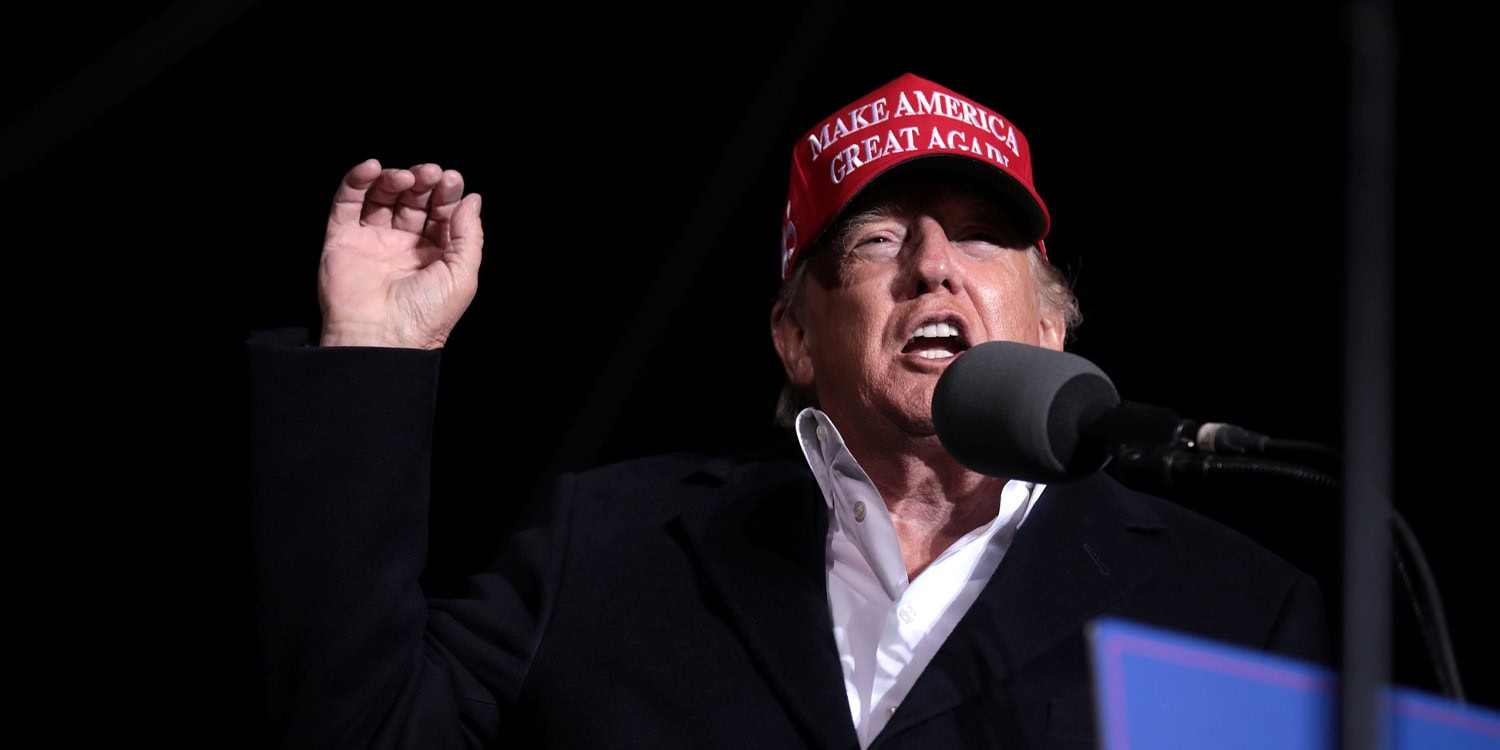Usually, political tensions in the United States intensify as elections approach but return to pre-election levels once the elections pass. However, a new analysis of tens of thousands of interviews revealed that this did not happen after the 2022 elections. Individuals with more exposure to the campaign tended to be more polarized, and this sentiment endured after the elections. This trend held true for partisans on both sides of the political spectrum. The study, published in Science Advances, highlights the persistence of polarization in current American politics.
For over a century, scholars have believed that elections based on the universal right to vote help facilitate collective decision-making and strengthen social cohesion. However, in the short term, elections tend to be polarizing events. Political parties compete for votes, which often leads to periods of intense animosity between them.
Elections can strengthen partisan identity, emphasizing political affiliation over other identities, such as national, professional, or familial ones. This can contribute to increased political polarization. In the past, research suggested that after elections, there is usually a cooling-off period, during which tensions between political opponents return to pre-election levels.
One explanation for the rise in polarization during the pre-election period is the negative tone of modern campaigns. Politicians frequently highlight policy disagreements and social divisions during this time, often portraying their opponents in a negative light. Another possible explanation is that repeated exposure to campaign messages and events solidifies voters’ party loyalties, hardening their partisan identities.
Study author Neil Fasching and his colleagues sought to explore whether it is the proximity of elections that activates partisan identities, leading to stronger political tensions and polarization. They analyzed data from 66,000 respondents interviewed between September 16, 2022, and October 12, 2023, covering both the period before and after the 2022 elections.
For 4,436 of these respondents, the researchers had data from both before and after the elections, providing insight into individual-level changes in attitudes. The average age of participants was 51 years, and 54% were female. The political breakdown of the sample included 51% Democrats, 31% Republicans, and 18% who identified as Independents. The study focused on three key indicators of partisan animosity: affective polarization, support for democratic norm violations, and support for political violence.
The results showed that partisan animosity was not affected by the proximity of the 2022 elections. Instead of a typical surge in polarization before the elections and a decline afterward, the researchers found that affective polarization—the difference in feelings toward one’s own party versus the opposing party—remained consistently high throughout the election cycle. While affective polarization was slightly elevated in the pre-election period, it remained stable as Election Day approached and showed no significant decline after the elections. This finding challenges the conventional view that political tensions ease in the aftermath of elections.
Similarly, support for democratic norm violations (such as supporting actions that undermine democratic processes like reducing polling stations in opposition-leaning areas or allowing party leaders to bypass judicial rulings) remained stable before and after the election. There was no significant change in attitudes toward violating democratic norms, indicating that these views are also relatively ingrained in the electorate.
Support for political violence—measured by respondents’ tolerance for acts such as vandalism or assaults against members of the opposing party—remained low overall. There was a slight increase in support for political violence as the election drew closer, but the increase was so small that it is unclear whether it represents a meaningful shift or simply a random variation. In short, political violence remained a minor concern but did not spike in any significant way during the election period.
The study also explored how exposure to political campaigns influenced polarization. Individuals who lived in areas with higher levels of campaign activity (for example, in states with competitive Senate or gubernatorial races) were more polarized than those in less politically active areas.
However, this difference in polarization was constant over time—that is, people in high-campaign exposure areas were already more polarized before the election, and this polarization did not increase further during or after the election. This suggests that campaign exposure can deepen existing divisions, but it does not cause new surges in polarization around the time of elections.
The researchers also found no evidence that partisans who voted for the winning candidate became less polarized after the election. Contrary to earlier theories suggesting that election winners might experience a post-election reduction in animosity toward the opposing party, both winners and losers remained equally polarized after the results were in. This was true whether the analysis focused on national races or state-level contests (such as Senate or gubernatorial races).
“For defenders of American democracy, our results arguably provide some grounds for optimism as they suggest that efforts by opportunistic candidates to stoke animus and division during campaigns are likely to prove ineffective, particularly when the rhetoric encourages partisans to violate established norms or turn to violence. On the other hand, political animosity has become such a durable feature of public life that it no longer ‘cools off’ in the aftermath of contentious political campaigns. The implications of such entrenched polarization could be ominous,” study authors concluded.
The study sheds light on the trends of political polarization around the 2022 U.S. elections. However, it is important to note that the polarization trend observed in this study may be a product of the unique blend of political factors currently shaping U.S. society. Future elections or elections in other countries could yield different results, depending on the political context.
The paper, “Persistent polarization: The unexpected durability of political animosity around US elections,” was authored by Neil Fasching, Shanto Iyengar, Yphtach Lelkes, and Sean J. Westwood.




